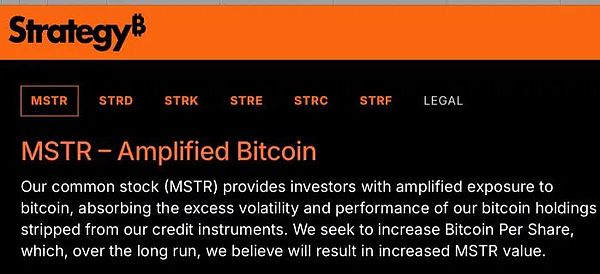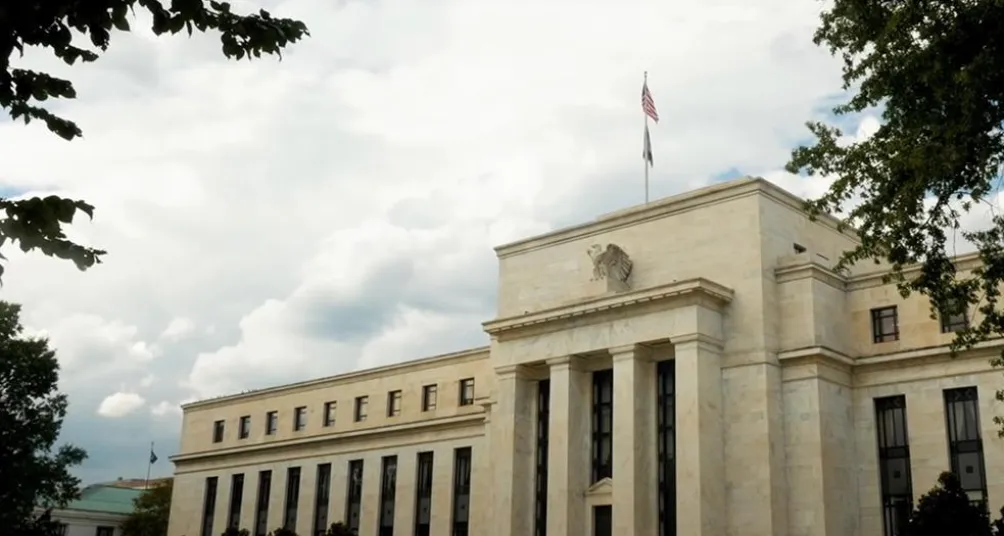Original Title: "Saylor vs Chanos: A Short Story"
Written by: Craig Coben
Translated by: Block unicorn

Over the weekend, short-seller Jim Chanos announced that he had closed his paired trading position of going long on Bitcoin and shorting the common stock of Strategy (formerly MicroStrategy), the original and largest Bitcoin reserve company. Chanos did not disclose the size of the position or how much profit he made, but it is reasonable to assume he exited with a substantial gain.

Paired trading involves going long on one security while shorting another highly correlated security, thereby keeping you roughly market neutral. Therefore, Chanos was not betting on a decline in Bitcoin but rather wagering that the premium implied by the value of Strategy's stock relative to its Bitcoin holdings was unsustainably high.
This judgment has proven correct. The premium of Strategy's stock price has fallen from nearly three times its net asset value last November (when FTAV first discussed its financing plans) to about 1.2 times today. Over the past 12 months, Bitcoin has risen by about one-third, while Strategy's stock has fallen by more than a quarter. The grand claims of Strategy providing a "leveraged version of Bitcoin" have thus been shattered.

In hindsight, Chanos's paired trade seems obvious, but it was far from a foregone conclusion at the time. Shorting anything comes with its own set of risks and costs. Shorting a stock that has a loyal retail following and a charismatic, fervently evangelizing leader like Michael Saylor adds a new layer of risk.
The financing cost of borrowing stock is one thing, of course, but the truly terrifying scenario is a short squeeze. If a wave of retail enthusiasm sparked by Saylor pushes the stock price higher, Chanos could be forced to capitulate at painful losses, much like Melvin Capital was crushed by Reddit-organized traders during the GameStop incident. Given Saylor's relentless online presence and his uncanny ability to evoke and energize his digital fanbase, this frenzy risk is very real.
Chanos must have had more confidence in investors, believing that the market would conclude that Strategy's glamorous structure provided an overly complex and overpriced way to gain exposure to Bitcoin. In his view, the high net asset value premium would only decline. The leveraged Bitcoin was more like a zeroed-out version of Bitcoin.
To some extent, Chanos was merely mirroring what Strategy and its executives had been doing all along. The company had been actively selling its own stock to buy more Bitcoin. Meanwhile, the management was also enthusiastic sellers of Strategy stock, with most of their sales perfectly timed near historical highs last year.
Chanos's successful trade highlights the core structural flaws in Strategy's business model. Despite the company's grandstanding and constant showmanship, it remains a high-priced and high-risk Bitcoin investment vehicle. Its traditional software business generates almost no cash flow, forcing the company to rely on capital markets to fund its frenzied Bitcoin purchases.
Typically, this means issuing common stock. But Saylor also issued over $8 billion in convertible bonds. Convertible bonds come with a limitation: if the stock price does not rise enough for investors to convert, the bonds need to be repaid at maturity or when investors exercise their redemption rights. With a large amount of bonds maturing and redemption rights in 2028, Saylor quietly stopped issuing new convertible bonds at the end of last year. However, the ongoing issuance of common stock also has its downsides: existing shareholders' equity gets diluted, and the stock price can fall due to oversupply.
Fully aware of this, Saylor turned to a new strategy this year: preferred stock. The company just announced its fifth perpetual preferred stock issuance, this time denominated in euros, aimed at globalizing its financing base. However, perpetual preferred stock issued by a junk-rated issuer like Strategy is not easy to sell, so the coupon must be very enticing. The issuance price of the euro preferred stock must reach 80% of par value, resulting in a yield of 12.5% for investors after deducting issuance discounts.
These coupon payments, combined with the interest on convertible bonds, now exceed $700 million annually. Since Strategy itself does not generate operating cash flow, it ultimately has to issue more common or preferred stock to pay dividends, further exacerbating the pressure on the common stock at the bottom of the capital structure.
Whenever someone mentions Strategy's cash flow issues, the most direct rebuttal is that the company holds about $70 billion worth of Bitcoin. On paper, this over-collateralization seems reassuring—but using Bitcoin to pay dividends or repay maturing debt would severely undermine Saylor's long-advocated "HODL" philosophy and could lead the market to sell off before him. Strategy's Bitcoin reserves are not ordinary collateral and cannot be liquidated without consequences.
In summary, Chanos identified a fundamental arbitrage opportunity and executed it calmly. His closing of the position now means that easy profits are a foregone conclusion. But the question remains: is Strategy's common stock truly a "leveraged version of Bitcoin," or something less appealing?
免责声明:本文章仅代表作者个人观点,不代表本平台的立场和观点。本文章仅供信息分享,不构成对任何人的任何投资建议。用户与作者之间的任何争议,与本平台无关。如网页中刊载的文章或图片涉及侵权,请提供相关的权利证明和身份证明发送邮件到support@aicoin.com,本平台相关工作人员将会进行核查。




